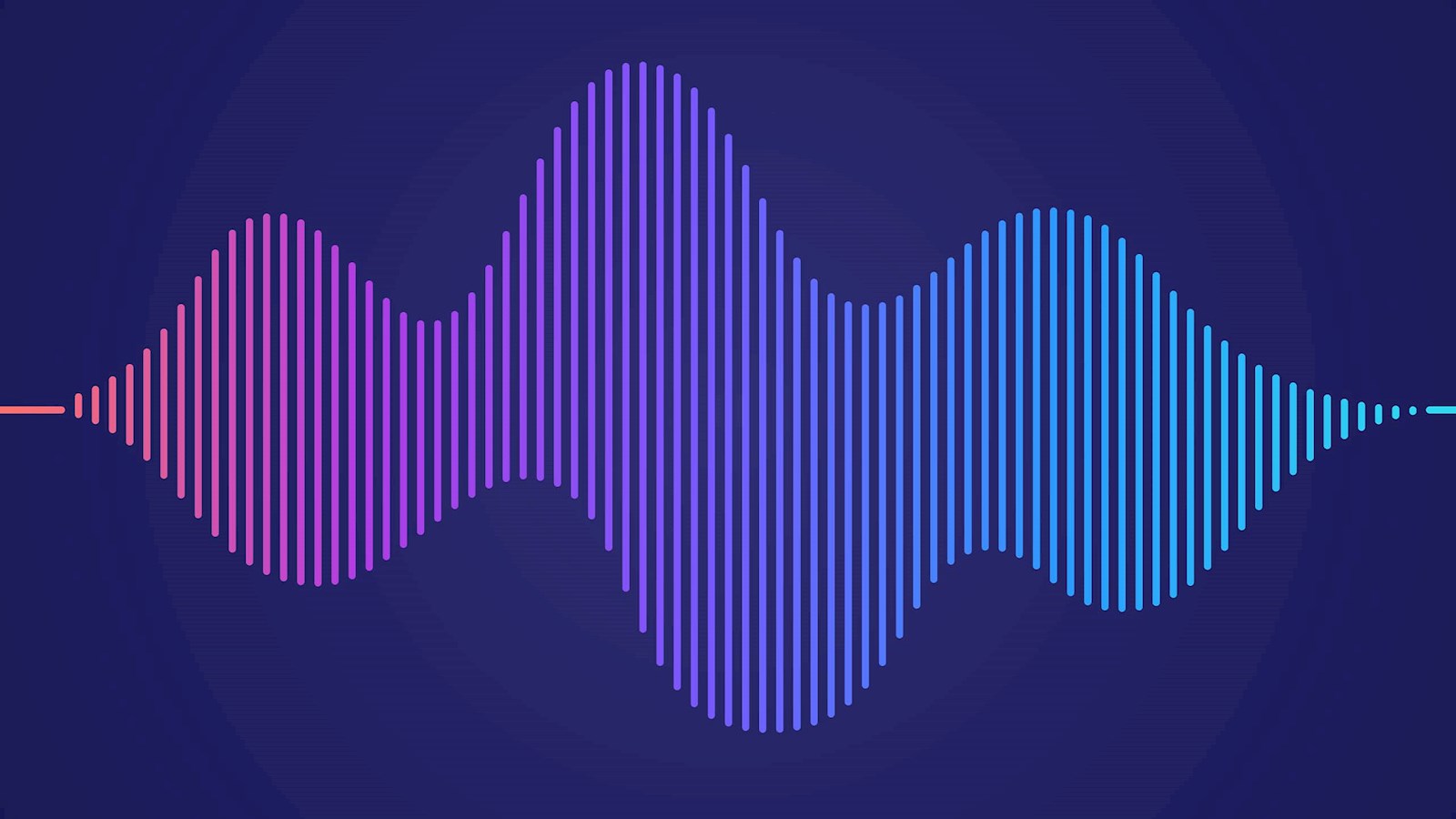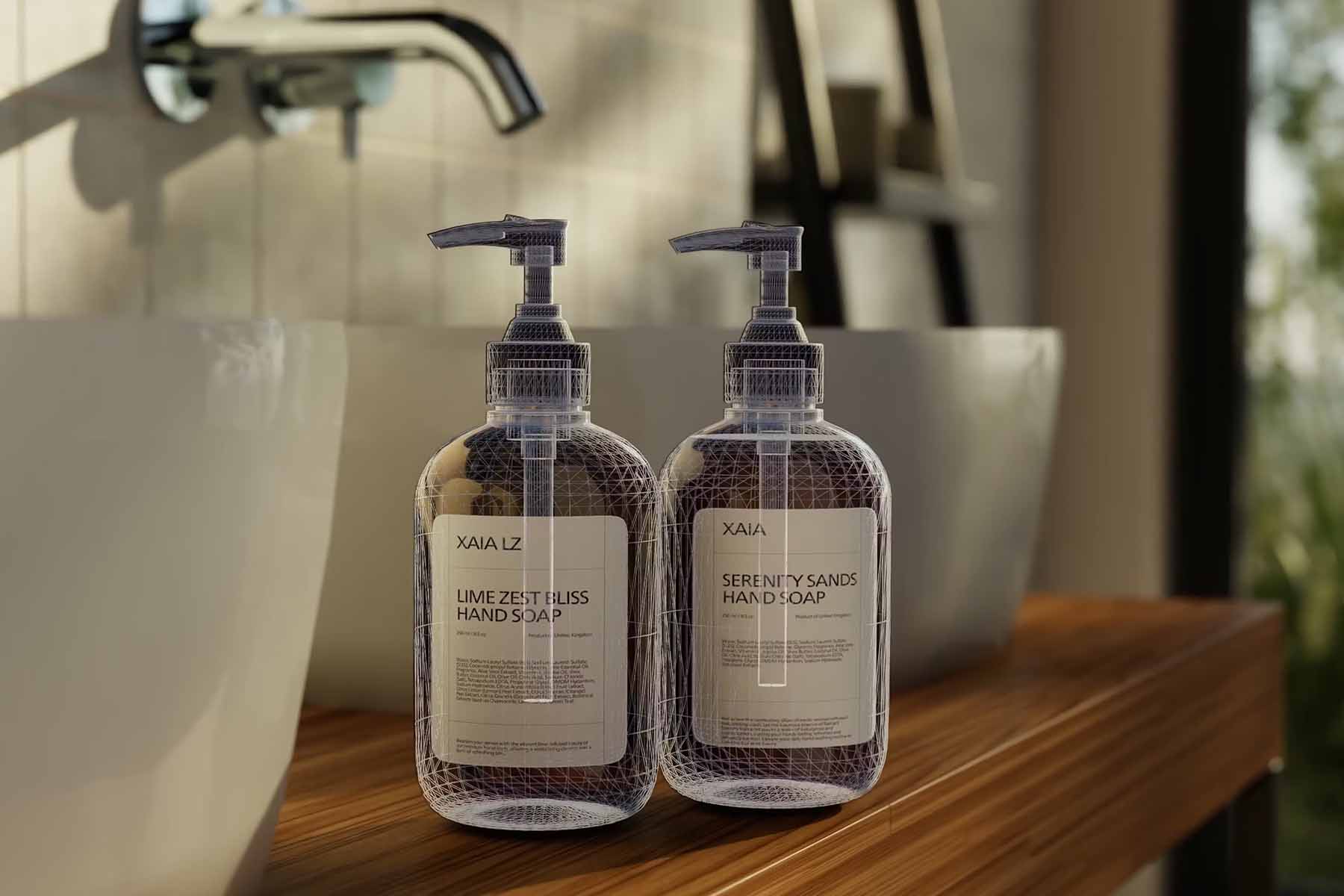
A clarion call for AI, accessibility & advertising
Innovating at the intersection of AI, accessibility, and advertising, WPP is developing bespoke tools in audio description. Josh Loebner, Global Head of Inclusive Design at WPP’s VML tells us more.
An uncharted accessibility territory for many, the Royal National Institute for the Blind (RNIB) defines audio description as “additional commentary for television programmes that explains what is happening on screen”. Good audio description conveys key expression and movements of characters on screen, as well as key visual cues like packaging or street signs. But even the RNIB admits that the availability of audio description is currently limited.
Yet the numbers of blind and partially sighted are staggering and not a niche audience in any way. Statistics from the International Agency for the Prevention of Blindness (IAPB) show that 250 people start to lose their sight every day in the UK, 90 million children and teenagers across the world have a visual impairment, and approximately 25 percent of the overall population has some form of vision loss. In fact, more than one billion people globally identify as disabled and have combined annual spending power of 13 trillion dollars.
Unlocking commercial opportunities through AI
Just as disabled consumers shouldn’t be misconstrued as a collective of one-dimensional charity cases, brands shouldn’t think of accessibility in advertising as a ‘nice to have’ or part of an ESG commitment, but instead, it should be thought of as a commercial imperative. Investing in disability communities and AI-powered technologies unlocks additional opportunities for brands, and agencies, and WPP is propelling the industry forward.
WPP was the first of its peers to elevate accessibility in advertising on the global stage through VML’s Inclusive Experience Consultancy, developing playbooks, thought leadership, and recognition at the pinnacle of creative success with two Grand Prix Lions in Innovation for Unilever’s Degree Inc., the world’s first accessible deodorant, and Augmental’s Mouthpad. That leadership and momentum continues today with the unveiling of this innovation horizon of AI-powered audio descriptions.
Advancing audio descriptions through AI is a fulcrum for purposeful change, clearing significant hurdles that continue to limit the activation and operationalisation of this accessibility. Some accessibility in advertising, like captions or subtitles, are ubiquitously known, creatively implemented and elevate brand experiences for d/Deaf and hard-of-hearing communities and non-disabled consumers. Audio descriptions are still relatively nascent due to layers of barriers including agency and brand teams unfamiliar with operationalisation, limited commercialisation, minimal knowledge of consumer demand, and fragmented broadcast guidelines.
Progress over perfection
Some have a misperception that accessibility milestones need to be achieved across every touchpoint as perfectly as possible, but this mindset quickly meets barriers including budgets and internal processes. Approaching accessibility in more cumulative and methodical progressions welcomes more approachable goals. This is why we’re excited to showcase this progress, while recognising more points along the path remain.
Nothing about us without us is a rally cry widely shared among disability advocates and allies, vocalising commitments to actively co-create with, not for, disabled individuals and groups throughout creative processes and projects.
Alongside a raft of other WPP endeavours welcoming disabled consumers, this prototype and progress forward is bringing together accessibility leaders from Microsoft and VML, and eventually more across blind/partially sighted communities to listen, learn, and build together. Personally, as a proud member of the blind community, and professionally as VMLs Global Head of Inclusive Design, I couldn’t be more thrilled to be a part of guiding commitments at this accessibility inflection point for our industry and disabled consumers. Keep listening for more of what’s ahead for AI and accessibility.
published on
11 March 2024
Category
More in Technology & data

How to build your brand in-game
A new research report from WPP and SuperAwesome

WPP puts itself at the heart of collaborative 3D worlds
Pixar's 3D animation file format – USD – is the invisible building block of our digital 3D future.

